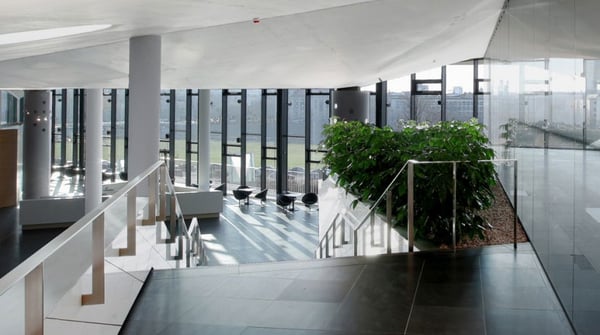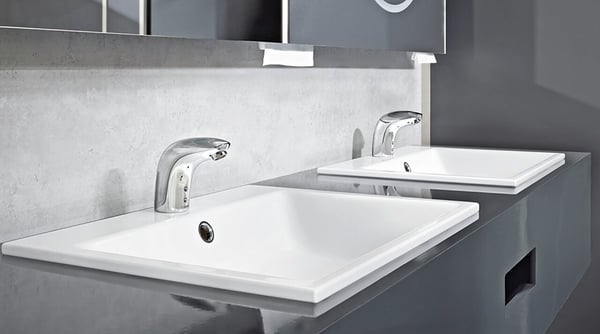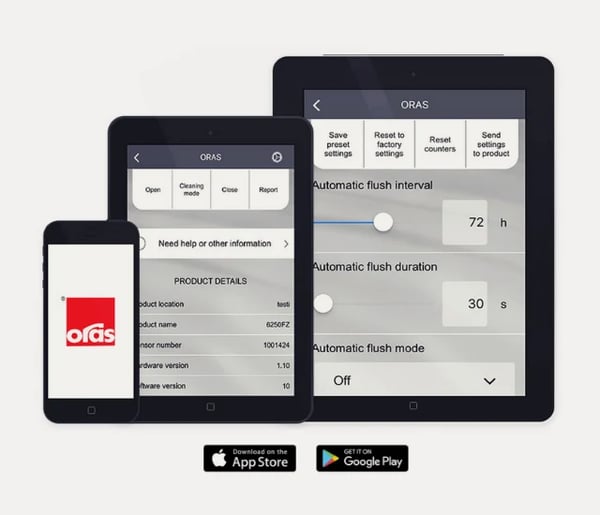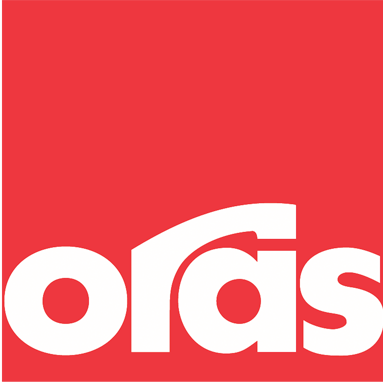From energy use and materials to waste and recycling, a building needs to meet several requirements to be certified as a green building. Find out how water usage and faucets fit into that picture.

According to the World Green Building Council, “A ‘green’ building is a building that, in its design, construction or operation, reduces or eliminates negative impacts, and can create positive impacts on our climate and natural environment. ‘Green’ buildings preserve precious natural resources and improve our quality of life.”
Features that can make a building green
- Efficient use of energy and water
- Use of renewable energy
- Waste reduction measures and recycling elements
- Good indoor air quality
- Use of non-toxic, sustainable materials
- Consideration of occupants’ quality of life.
How to achieve green building certification
Countries and regions have different requirements for green buildings. Green building certification depends on the countries’ climate, cultural traditions, and economic and social priorities. Different green building rating tools, or certifications, are used throughout the world. These are used to assess and recognise the buildings that meet green requirements.
In Europe, the most common rating tools are LEED (Leadership in Energy and Environmental Design) and BREEAM (Building Research Establishment Environmental Assessment Method). Both consider water efficiency and reduction as a significant category when determining the overall sustainability of a building.

Water and energy savings are key
Oras is committed to helping new buildings achieve a green certification with faucets and showers that offer convenient ways of using water more sustainably. ‘Green’ thinking combined with smart technology goes into many of our touchless faucets providing greater control over water usage.

‘Green’ thinking combined with smart technology goes into many of our touchless faucets providing greater control over water usage.
The importance of flow rates and afterflow
Different buildings have different requirements when it comes to flow rates but by choosing faucets, showers or hand showers with a lower flow rate, a building can save tremendous amounts of water.
For example, standard faucet’s water flow is in the range of 6 litres-per-minute. By employing smart technology and touchless sensors, this can be reduced to as low as 1.7 litres-per-minute, significantly minimising water and energy usage in large buildings such as schools.
App control makes a green difference
Most of our smart faucets can be controlled using the Oras App, letting users adjust afterflow, sensor sensitivity and more – down to the individual faucet level. This lets building customers optimise their water usage down to the individual faucet level across the entire building.

Afterflow is the length of time the faucet runs once the user is finished. The standard afterflow is 2 seconds, but Oras Bluetooth-connected smart faucets allow you to adjust afterflow to even lower than 1 second, again helping save water.
Oras offers a range of washbasin faucets, kitchen faucets and showers designed to help meet green building certification requirements.









